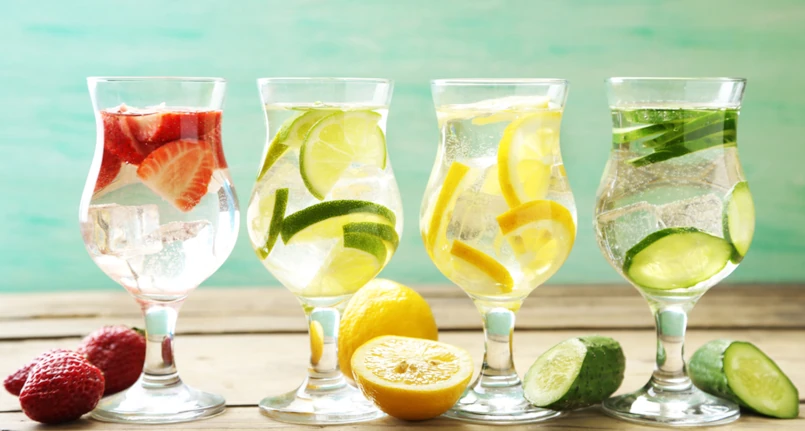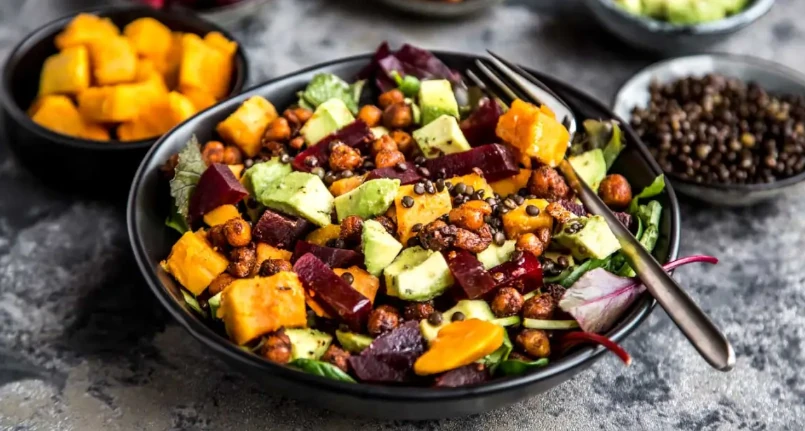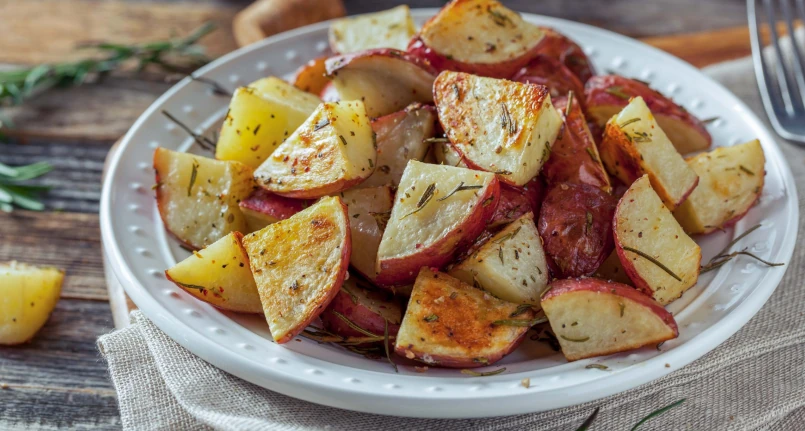Introduction
Chestnuts are the symbolic fruit of autumn . Highly energetic food, it boasts nutritional properties that make it ideal for combating certain ailments. Its consumption, however, is not recommended for everyone. Chestnuts are the fruit of the “chestnut” tree, a typical plant of temperate regions of Europe, Asia and West Africa. They are mainly found in the hills or mountains where they are harvested in the months of October and November.
A fruit that lends itself to the preparation of many recipes, both sweet and savory . They are mainly eaten cooked, in the form of flour , but also dried. Raw chestnuts, on the other hand, shouldn’t be eaten because they could cause intestinal problems, bad digestion or gastritis .
Nutritional properties
Chestnuts are a highly energetic food, a characteristic to be taken into account. Calories depend especially on the complex carbohydrates it contains, essentially starch . It also contains discrete percentages of medium biological value proteins and an irrelevant quantity of unsaturated fats.
Chestnuts contain fiber and unavailable carbohydrates and purines . However, cholesterol is absent. They do not contain considerable amounts of histamine , so they are not the cause of frequent allergic -type adverse reactions . They bring mineral salts such as: potassium , phosphorus , sulfur , magnesium , calcium and iron (not highly bioavailable ). In terms of vitamins : vitamin C , which is lost with cooking of the fruit because it is a highly thermosensitive vitamin, but also vit. B1 , vitamin B2 and vit. PP .
Did you know that…
Chestnuts, but also browns, which are larger and rounder than smaller and flattened chestnuts, do not contain gluten and therefore, despite having nutritional characteristics similar to cereals , they can also be consumed by those suffering from celiac disease and gluten intolerance .
Pros and cons
Chestnuts have pros and cons, and are therefore indicated in the diets of some subjects rather than others. They are mainly composed of carbohydrates, chestnuts are rich in calories and for this reason their consumption must not exceed three times a week. Among the pros of chestnuts, thanks to their high nutritional value, they are indicated in case of:
- avitaminosis,
- anemia
- debilitation
- energizing
- tonics
- against constipation
- improve the nervous system
- anti stress
- counteract high cholesterol
- high satiating power
However, its modest iron content makes the fruit useful for counteracting anemia. In addition, it is rich in folic acid , a substance that helps avoid certain malformations of the fetus , which is why chestnuts can be recommended in the diet for pregnant women .
The fibers contained in chestnuts make this fruit particularly suitable for people suffering from constipation. Their consumption helps to regulate intestinal transit. These tasty and fragrant autumn fruits contain phosphorus, a mineral capable of promoting concentration, attention and memory. For this reason chestnuts are considered useful foods for the nervous system and protective for brain functions.
Being a food of plant origin, they are quite rich in fiber and have no cholesterol . Characteristics that make chestnuts suitable for a diet for hypercholesterolemia , which is based on low-fat foods .
However, chestnuts also have some contradictions. Among the cons of consuming these fruits, we find:
- overweight ,
- type 2 diabetes mellitus
- hypertriglyceridemia
- hyperuricemia
- gout
An abundance of fiber and unavailable carbohydrates often cause intestinal bloating and bloating . Chestnuts therefore do not lend themselves to the diet for irritable bowel disease , constipation . As already mentioned, they can be eaten both cooked and raw, however, it is better to avoid eating them raw, because they can be irritating .
How to use chestnut leaves?
The leaves of the chestnut tree, a fruit plant of chestnuts, are used as a beneficial remedy. The infusion and the decoction of leaves are rich in tannins , and therefore beneficial in case of bronchitis and diarrhea . Gargling has an antiseptic effect, and therefore they are a valid remedy against inflammation of the throat and mouth.
100 g of roasted chestnuts contain
|
Uses in the kitchen
Chestnuts are very versatile in the kitchen: they lend themselves to sweet and savory preparations, from appetizers to desserts. They are mainly eaten roasted (caldarrosta), boiled (ballotta) or candied (like the classic marron glacè). The flour of the same name is also obtained from chestnuts , the basic ingredient of many desserts (castagnaccio), polenta and the so-called ” tree bread “. Chestnuts can also accompany first courses, soups, velvety soups, but also beef , game , or be used as a filling for fresh pasta. In the same way they can be used for the preparation of mousses and ice cream .




